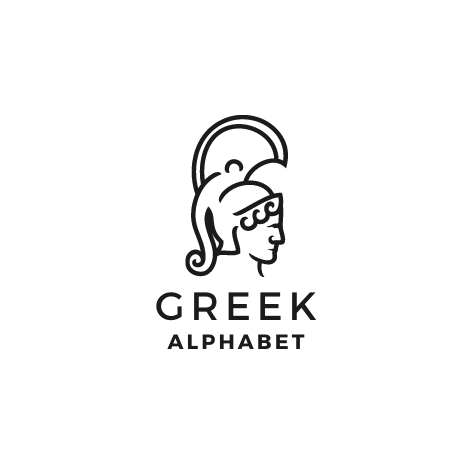Embark on a journey with Phi, the 21st letter of the Greek alphabet, as we explore its evolution from ancient scripts to its significant presence in contemporary science, technology, and culture. Discover Phi’s historical origins, cultural impact, and enduring influence across disciplines.
Historical Origins and Evolution 🏺
From Phoenician Script to Greek Adoption
- Origins: Begin with Phi’s development from the Phoenician alphabet, highlighting its transition into the Greek writing system and the adaptation of its form and sound.
- Phonetic Shifts: Chart the changes in Phi’s pronunciation from ancient Greek, where it represented an aspirated [pʰ] sound, to its modern usage as [f].
- Visual Evolution: Provide a visual timeline of Phi’s stylistic evolution, showcasing its transformation from classical inscriptions to contemporary digital fonts.
Phi in Ancient Greek Culture 📚
- Numerical Value: Discuss Phi’s assignment as the number 500 in the Greek numeral system and its implications in ancient numerology.
- Cultural Significance: Delve into the symbolic meanings and uses of Phi in Greek mythology, literature, and philosophy, reflecting on its influence on ancient thought and society.
Modern Era Applications 🔬💻
Scientific and Mathematical Contributions
- Physics: Examine Phi’s application in physics, including its use in representing the golden ratio (φ = 1.618…) in art and architecture, rather than “Phi rays.”
- Mathematics: Highlight the role of the Phi function in number theory and the significance of the golden ratio in various mathematical contexts.
Technological Impact
- Software Development: Discuss Phi’s relevance in programming and digital encoding, focusing on its use in algorithms, cryptographic systems, and computational models.
Popular Culture and Symbolism 🎥📱
- Media Representation: Investigate Phi’s symbolism in contemporary media, exploring its use in films, literature, and social media to convey themes of beauty, harmony, and the mysteries of nature.
Practical Knowledge ✍️🗣️
- Writing and Pronunciation Guides: Offer instructions on correctly writing and pronouncing Phi, including practice exercises and pronunciation clips.
- Usage Examples: Provide examples of Phi in modern Greek language and scientific terminology, showcasing its ongoing relevance.
Phi’s Enduring Legacy 🌌
- Reflective Conclusion: Summarize Phi’s journey from an ancient Greek letter to a symbol of mathematical beauty and scientific inquiry. Highlight its significance as a testament to the enduring legacy of Greek culture and its influence on contemporary society, science, and technology.
Frequently Asked Questions
| Question | Answer |
|---|---|
| What is the Phi alphabet? | The Phi alphabet, also known as the Greek alphabet, is a set of letters used in the Greek language and other contexts. |
| How many letters are in the Phi alphabet? | The Phi alphabet consists of 24 letters, including both uppercase and lowercase forms. |
| What is the historical origin of the Phi alphabet? | The Phi alphabet evolved from the Phoenician alphabet and has a rich history dating back to ancient times. |
| What are the differences between ancient and modern Phi alphabets? | While the ancient Phi alphabet had fewer letters and different forms, the modern Phi alphabet has 24 letters and standardized shapes. |
| How did the Phi alphabet influence other writing systems? | The Phi alphabet served as a model for the creation of other alphabets, including the Latin alphabet used in English and many other languages. |
| What is the significance of the Phi alphabet in history? | The Phi alphabet played a crucial role in the development of language, literature, philosophy, and science in ancient Greece and beyond. |

